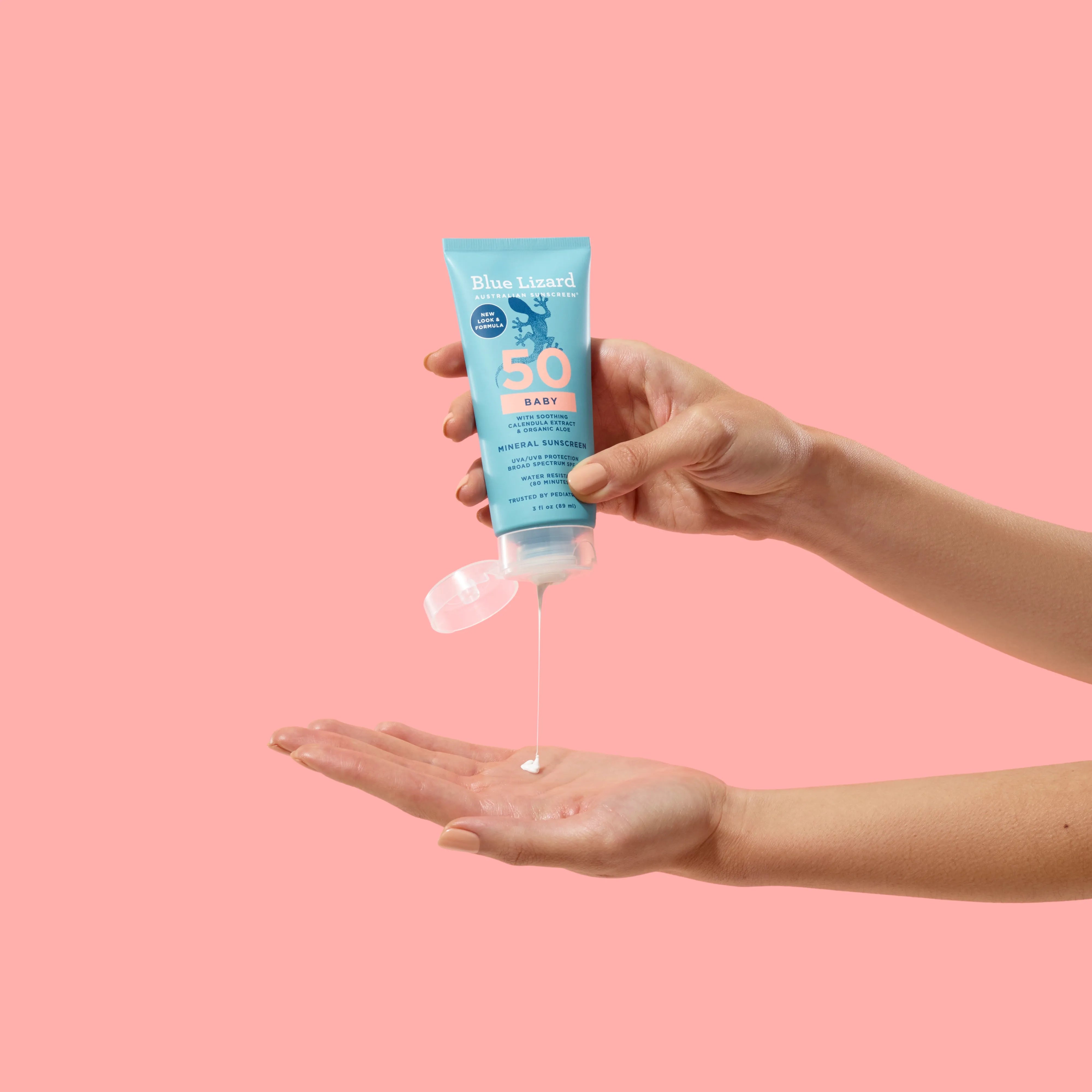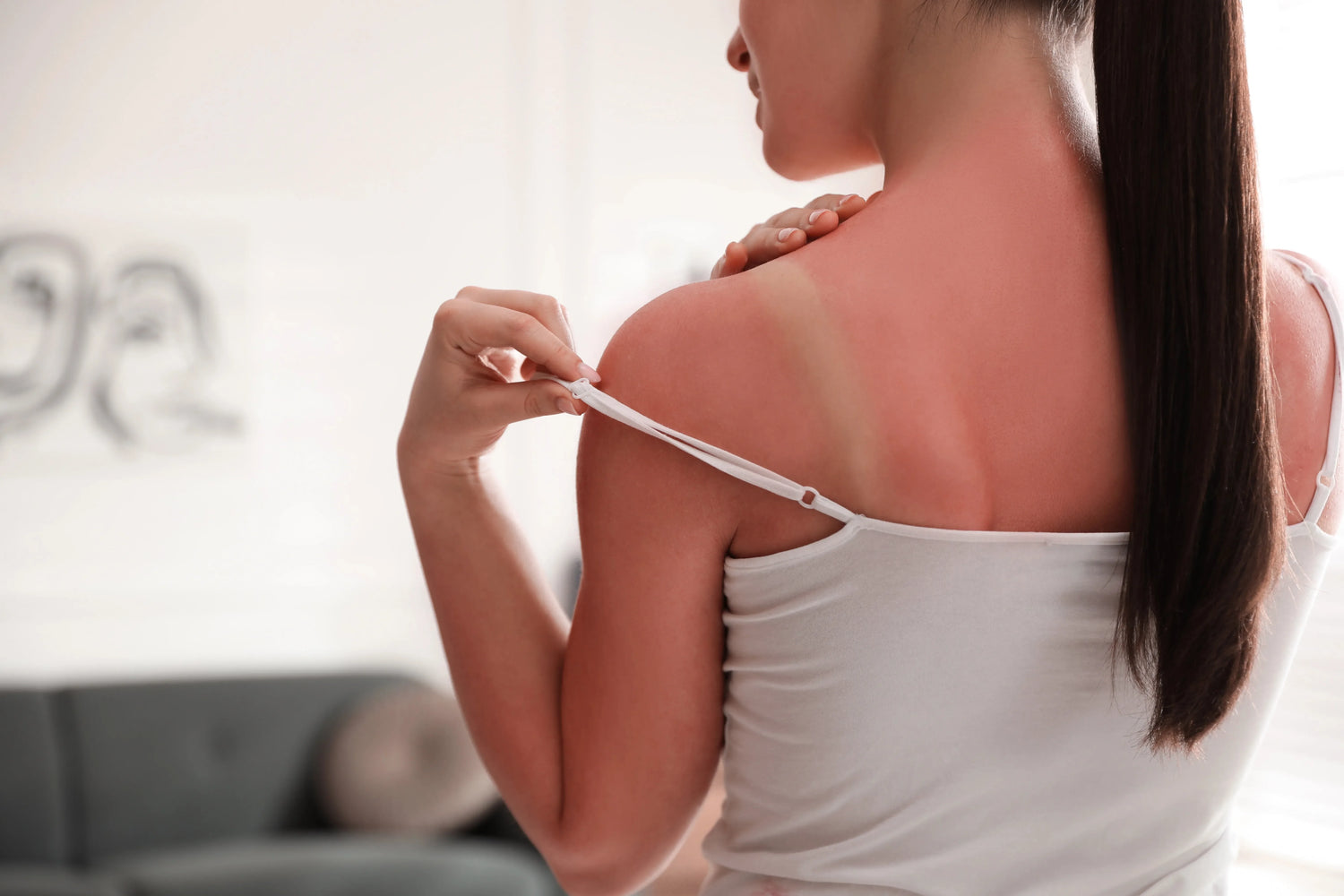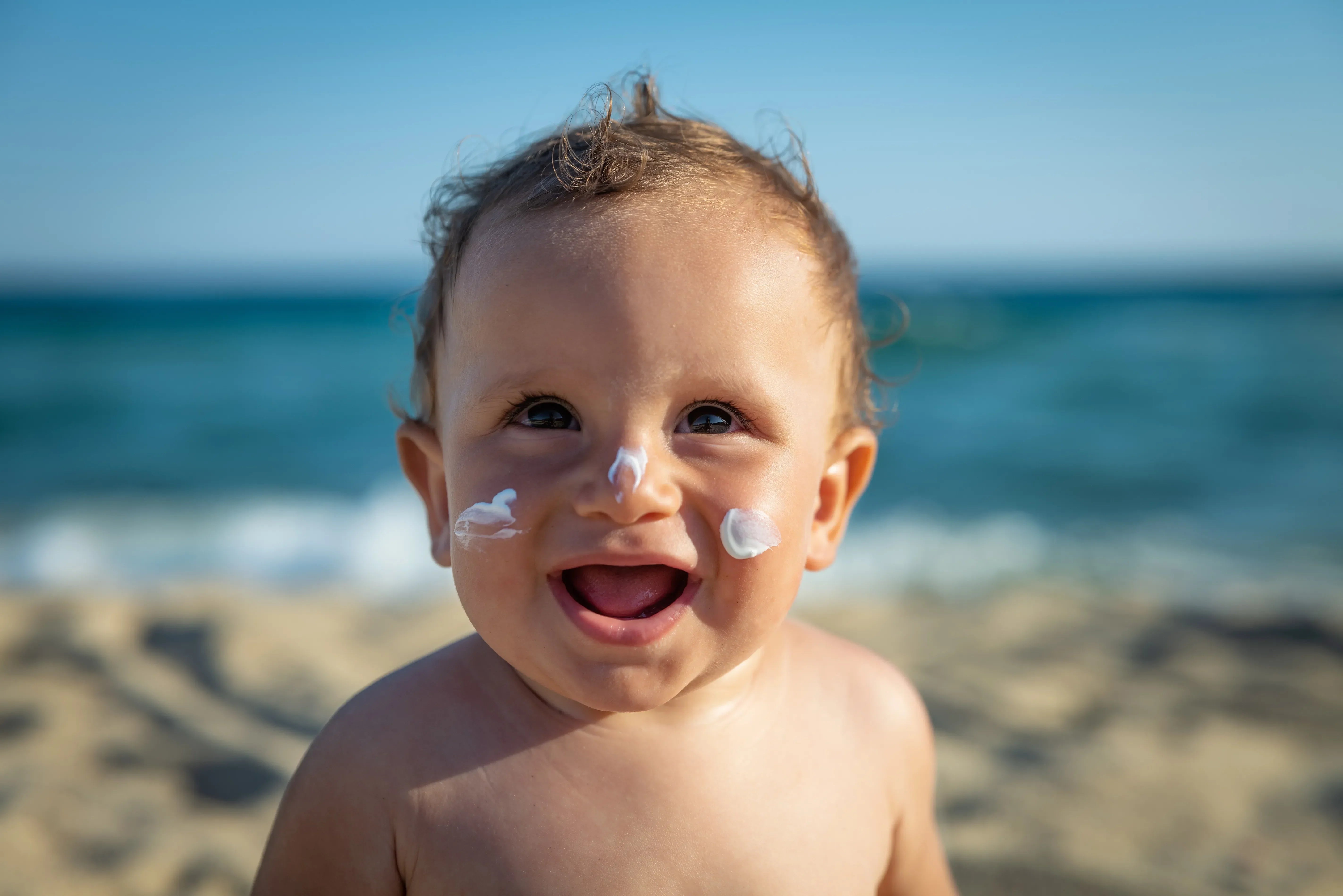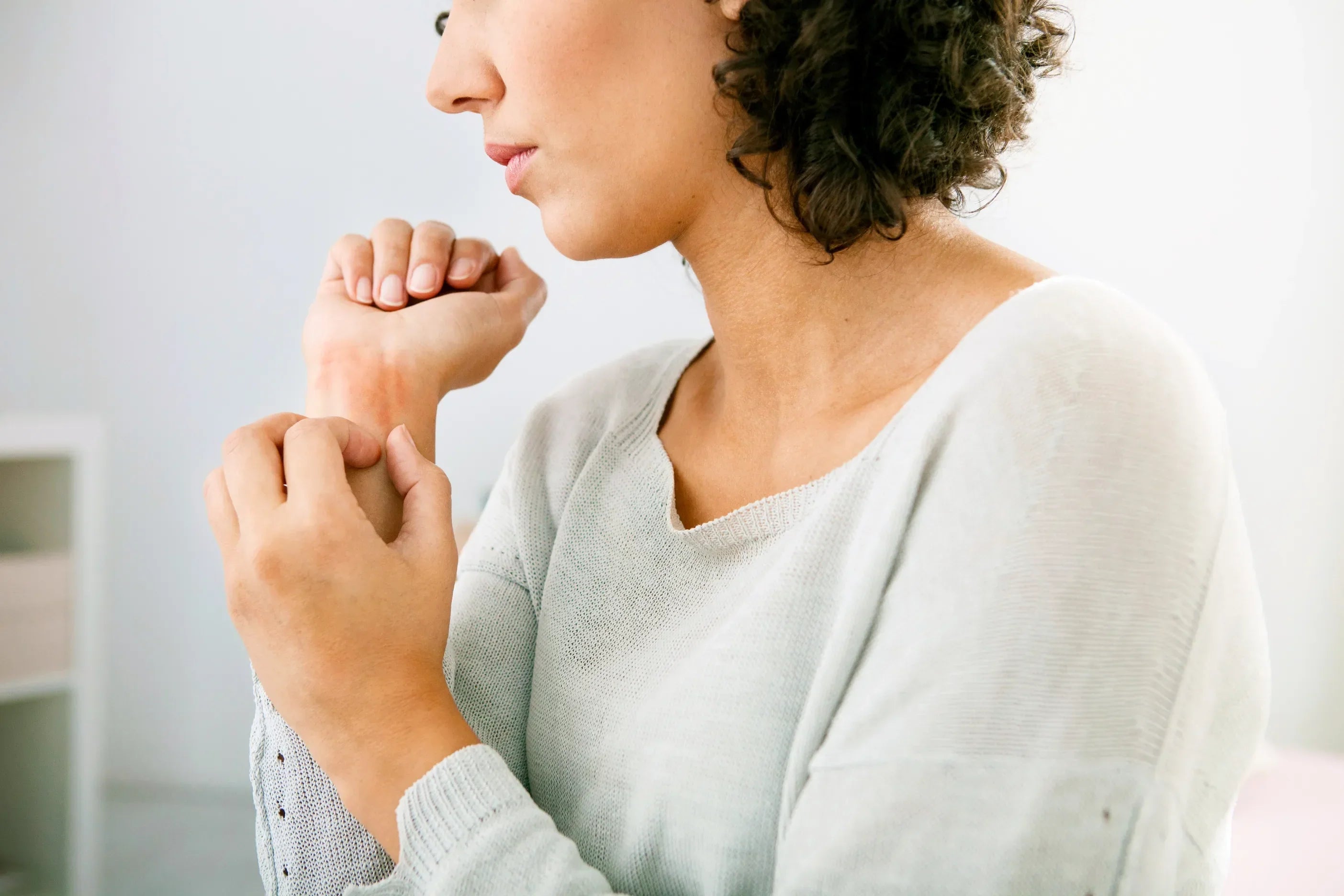Today, most people know about sun protection and sun damage. However, not many people know about a condition that can accelerate sun damage. This condition is called photosensitivity — an increase in the skin’s sensitivity to sunlight or artificial light often brought on by certain medications or medical conditions.
When a person experiences a photosensitivity reaction, they experience one of two separate reactions, known either as a phototoxic or photoallergic reaction.
Phototoxic
This is the most common type of sun sensitivity drug reaction. It occurs when skin is exposed to the sun after certain medications are taken or applied. The drug absorbs the ultraviolet light (UV) from the sun and then releases it into the skin. Symptoms appear within a few days on the exposed areas of the body. Common drugs that cause phototoxicity are drugs in the tetracycline family, NSAIDs (non-steroidal anti-inflammatory drugs such as ibuprofen), and amiodarone (Cordarone®, a heart medication).
Photoallergic
In this case, symptoms occur when skin is exposed to the sun after certain medicines are applied to the skin's surface. The UV light of the sun causes a change in the drug, which in turn, causes the production of antibodies that are responsible for the reaction. The reaction appears as an eczema-type rash, which often occurs a few days after exposure. The rash can also spread to parts of the body that were not exposed to the sun.
It is important to note that not everyone who uses these drugs may experience a reaction.
Also those who take these medications may experience photosensitivity only the first time they take it while others may experience it every time. It is always important to check with your healthcare professional and see if any drugs you may be taking can cause photosensitivity.
In addition to certain medications, photosensitivity can be caused by some medical conditions, including lupus, rosacea and psoriasis.
Since many people rely on many of these medications to maintain or restore their health, they cannot simply stop using them. In order to prevent photosensitivity, it is important to practice good sun safety habits like applying sunscreen daily and seeking shade if you are outside for long periods of time.
Written by Amanda Reichert








